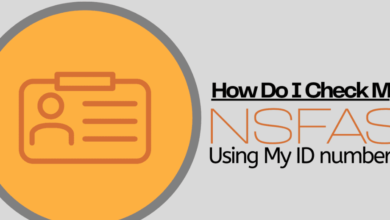Are AI-Driven Risk Models Leading Us into a False Sense of Security?

In the rush to integrate artificial intelligence into governance and compliance frameworks, many enterprises are investing significantly in AI-driven risk models. These systems promise faster assessments, fewer human errors, and real-time compliance insights. But the central question remains: Are these AI models truly reliable, or are we outsourcing critical judgment to black-box algorithms we don’t fully understand?
The Illusion of Precision
Risk modeling has always depended on a combination of assumptions, statistical distributions, and informed guesses to estimate potential outcomes. The introduction of AI has significantly enhanced this process by allowing systems to analyze massive volumes of data, uncover subtle patterns, and make faster, more complex calculations than humans can. However, while AI gives the impression of increased accuracy and objectivity, this sense of precision can be deceptive. The models still rely on underlying assumptions and may reflect biases or gaps in the data. As a result, even AI-driven risk models can produce results that are more confident than they are accurate. Models trained on historical data may fail to predict outlier events or rapidly changing regulatory landscapes. Worse, organizations may accept AI-generated scores or flags without adequate human review, mistaking automation for infallibility.
Data Bias and Hidden Blind Spots
AI models are fundamentally dependent on the quality and scope of the data they are trained on. If that data is limited in diversity, based on outdated regulatory interpretations, or shaped by historical systemic biases, the AI will not only inherit those flaws—it may also reinforce and magnify them. Rather than correcting for these issues, AI often encodes them into its decision-making processes, which can lead to skewed or unjust outcomes. This highlights the critical importance of using comprehensive, current, and inclusive datasets when training AI, especially in high-stakes areas like risk modeling or regulatory compliance. For example, risk scoring tools used in financial services have been shown to disproportionately flag certain demographics, not because of inherent risk, but due to biased historical data.
When such models are adopted within governance or compliance departments, this bias can translate into skewed decision-making, possibly leading to compliance failures or regulatory fines. Ironically, the systems meant to prevent risk may introduce new risks.
Regulatory Lag and Compliance Gaps
AI evolves faster than regulation. This creates a dangerous gap where tools are deployed before clear ethical or compliance frameworks are in place. Organizations might deploy an AI-based monitoring tool, believing it will strengthen compliance, only to discover later that it violates data privacy laws or lacks transparency required under emerging AI governance regulations.
This risk is compounded when firms rely too heavily on AI-based solutions to fulfill compliance obligations. Tools, even advanced ones, should assist human expertise, not replace it.
The Human Factor Still Matters
Despite AI’s promise, governance and compliance still demand human oversight. Ethics, legal interpretation, and nuanced judgment cannot be fully codified into an algorithm. Organizations must treat AI as a tool, not a final authority. This includes establishing review processes, validating model assumptions regularly, and ensuring that subject matter experts are involved in high-impact decisions.
Organizations that combine strong human governance with carefully audited AI systems will fare far better than those that hand over control without question.
As the adoption of GRC compliance software continues to grow, the industry must recognize that efficiency should never come at the expense of scrutiny.





